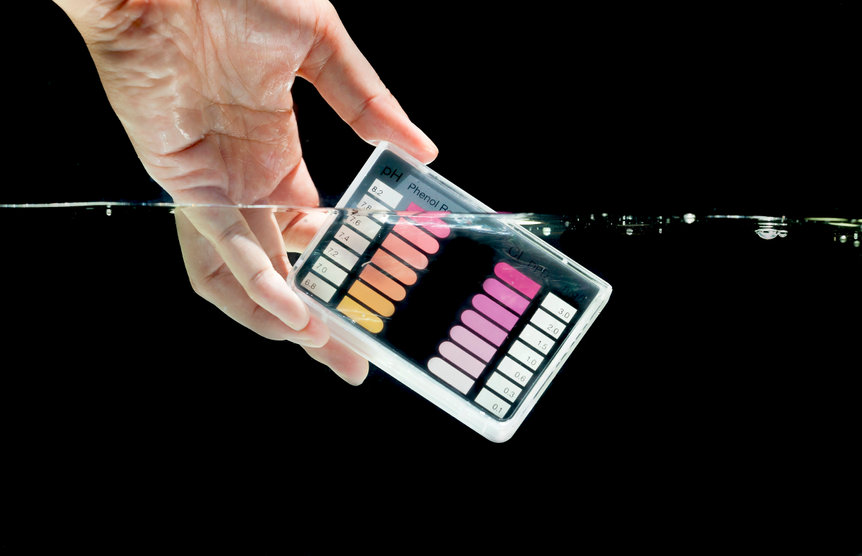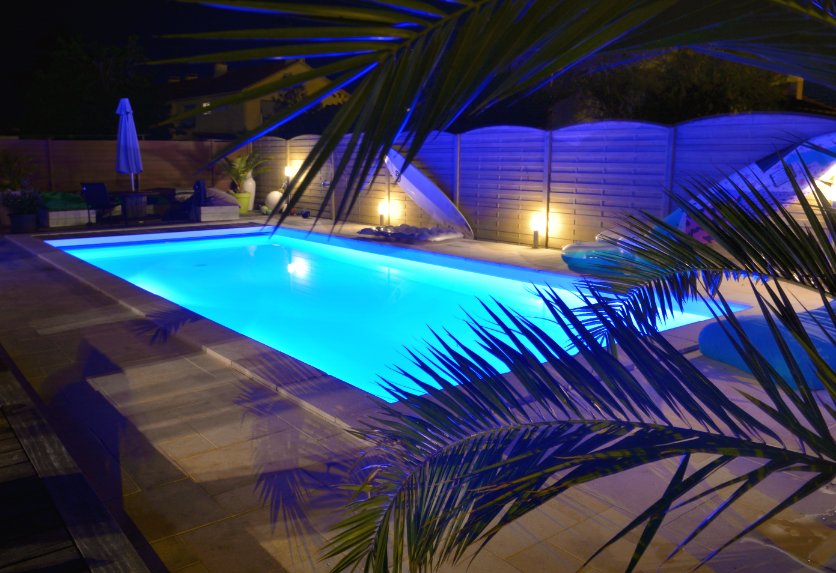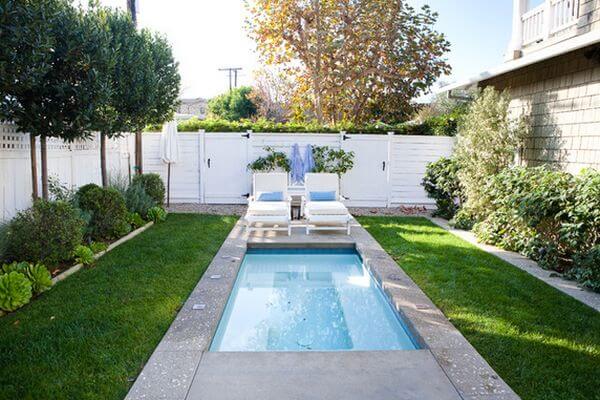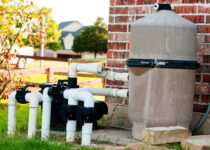What Pool Chemicals are Needed?
Owning a pool is a dream for many homeowners. It provides a refreshing escape during hot summer days and is a focal point for entertaining friends and family. However, keeping your pool clean and safe requires regular maintenance. This includes the use of pool chemicals. In this article, we will delve into what pool chemicals are needed to maintain your pool.
Chlorine: The Primary Sanitizer
Chlorine is the most critical pool chemical for maintaining clean swimming water. It acts as a sanitizer eliminating bacteria, viruses, and other harmful microorganisms. Chlorine comes in different forms, including liquid, granules, and tablets. The most common is chlorine tablets. They dissolve slowly and provide a consistent level of sanitization. Regularly testing and adjusting the chlorine levels in your pool is crucial to maintaining proper sanitation.
Better Health (n.d.) tells us if it is not properly maintained, the water in your domestic swimming pool may contain a range of microbiological organisms (microbes), including bacteria, viruses and protozoa. These microbes can cause health problems, such as gastroenteritis, ear, nose and throat infections.

pH Balancers: Maintain Optimal Water Balance
Maintaining the correct pH balance in your pool is vital for several reasons. pH refers to the acidity or alkalinity of the water. Ideally, swimming pool water should have a pH level between 7.2 and 7.6, which is slightly basic. If the pH level deviates from this range, it can lead to various issues such as skin and eye irritation. Not to mention, corrosion of pool equipment and reduced effectiveness of sanitizers.
To keep the pH level balanced, you will need pH increasers and pH decreasers. pH increasers, usually in the form of sodium carbonate or soda ash, are used to raise the pH level. On the other hand, pH decreasers, such as sodium bisulfate, are used to lower the pH level. Regularly monitor your pool’s pH levels and adjust as necessary to maintain optimal water balance.
Algaecides: Preventing and Treating Algae Growth
Algae growth is a common problem in swimming pools, especially if not properly maintained. Algae will make your pool water appear green and cloudy.
Prevention Magazine (2019) says blue-green algae produces toxic cyanobacteria and can grow in poorly sanitized pools, particularly in areas that receive a lot of sunlight.
To prevent and control algae growth, it is essential to use algaecides. Algaecides work by targeting and eliminating algae spores before they have a chance to bloom and spread.
Choose an algaecide that is suitable for your specific type of algae. Some algaecides also act as a preventative measure, inhibiting the growth of algae before it becomes visible. Regularly adding algaecides to your pool will help keep your water crystal clear and algae-free.

Calcium Hardness: Maintaining Proper Levels
Calcium hardness refers to the amount of dissolved calcium present in your pool water. It is essential to maintain proper calcium hardness levels to prevent issues such as water cloudiness and scaling on pool surfaces and equipment. Low calcium hardness can result in corrosive water, while high levels can lead to scaling.
To maintain proper calcium hardness, test your pool water regularly and adjust as needed. Calcium hardness increasers, typically in the form of calcium chloride, can be added to raise the levels, while dilution or the use of a sequestering agent can be used to lower high calcium hardness.
If you find yourself in need of a pool repair company. Look no further. We’ve got you covered. Head over to our pool repair service page.
Stabilizers: Protecting Chlorine from UV Rays
Pool water is exposed to the sun’s UV rays, which can quickly degrade chlorine, reducing its sanitizing ability. To protect chlorine from the sun’s harmful effects, stabilizers, also known as cyanuric acid, are used. Stabilizers act as a shield, prolonging the life of chlorine in your pool water.
The ideal range for stabilizer levels is between 30 and 50 parts per million (ppm). However, it is crucial not to exceed 100 ppm, as high stabilizer levels can lead to reduced chlorine effectiveness. Regularly test and maintain proper stabilizer levels to ensure chlorine remains effective in sanitizing your pool water throughout the swimming season.
Why sweat the small stuff? Invest in our weekly pool cleaning service. You won’t regret it.

Conclusion
Proper pool maintenance includes regular testing and balancing of pool chemicals. Chlorine, pH balancers, algaecides, calcium hardness adjusters, and stabilizers are fundamental pool chemicals that form the backbone of maintaining a clean and safe swimming pool. Understanding their roles and regularly monitoring and adjusting their levels will ensure your pool stays refreshing, inviting, and enjoyable for all swimmers.
Remember, if you’re unsure about the appropriate pool chemical levels or maintenance procedures, consult Arlington Pool Cleaners. We look forward to helping you navigate the complexities of pool chemistry.
References:
Better Health Channel. (n.d.). Swimming pools-water quality. Better Health Channel. https://www.betterhealth.vic.gov.au/health/healthyliving/swimming-pools-water-quality
Prevention. (2019, July 1). 7 Signs a swimming pool isn’t safe for swimming. Prevention. https://www.prevention.com/health/g20466159/clean-water-and-swimming-safety/?utm_source=google&utm_medium=cpc&utm_campaign=arb_ga_pre_md_pmx_hybd_mix_us_20739785489&gad_source=1&gclid=Cj0KCQjwlN6wBhCcARIsAKZvD5hbmUi08NfJUKBOkOlPDUDczH0kn_z8esFNiREP7QkyB67XMpyliRcaAorsEALw_wcB


